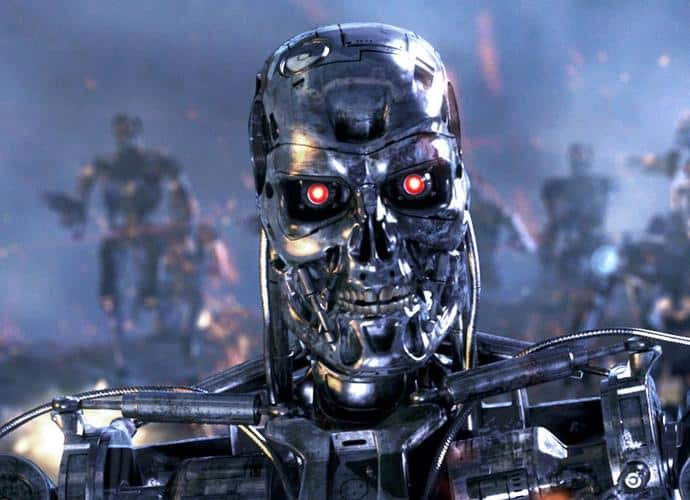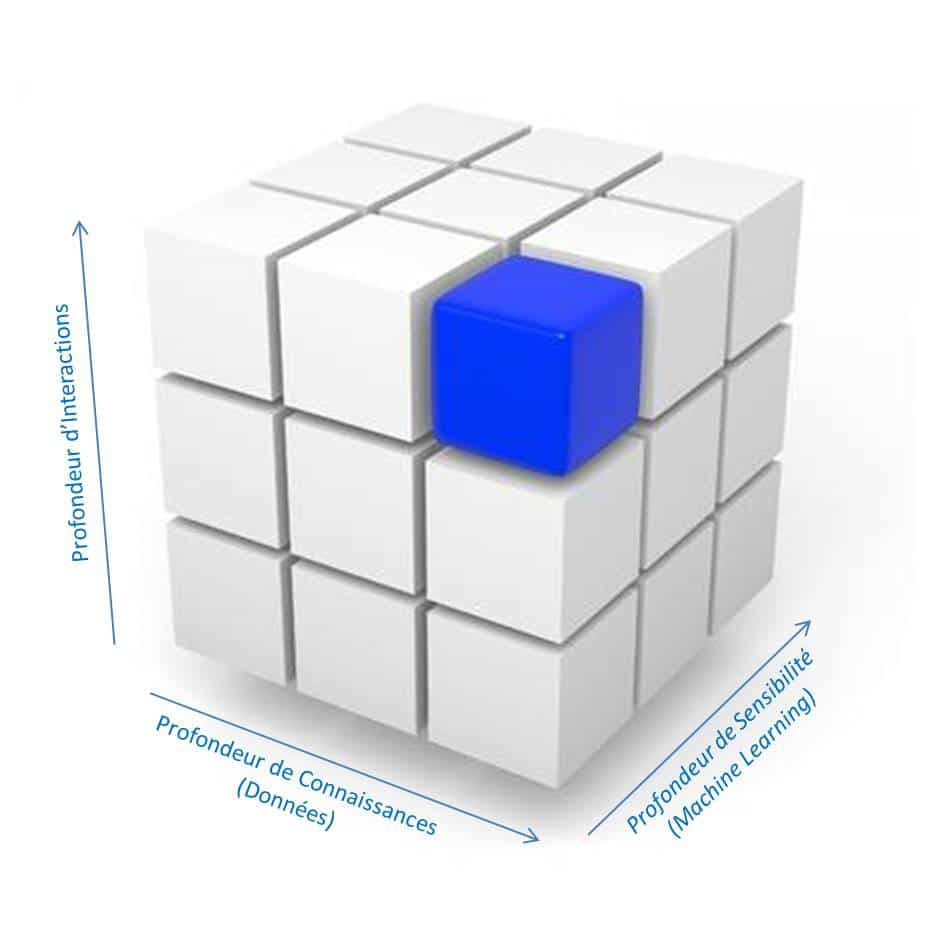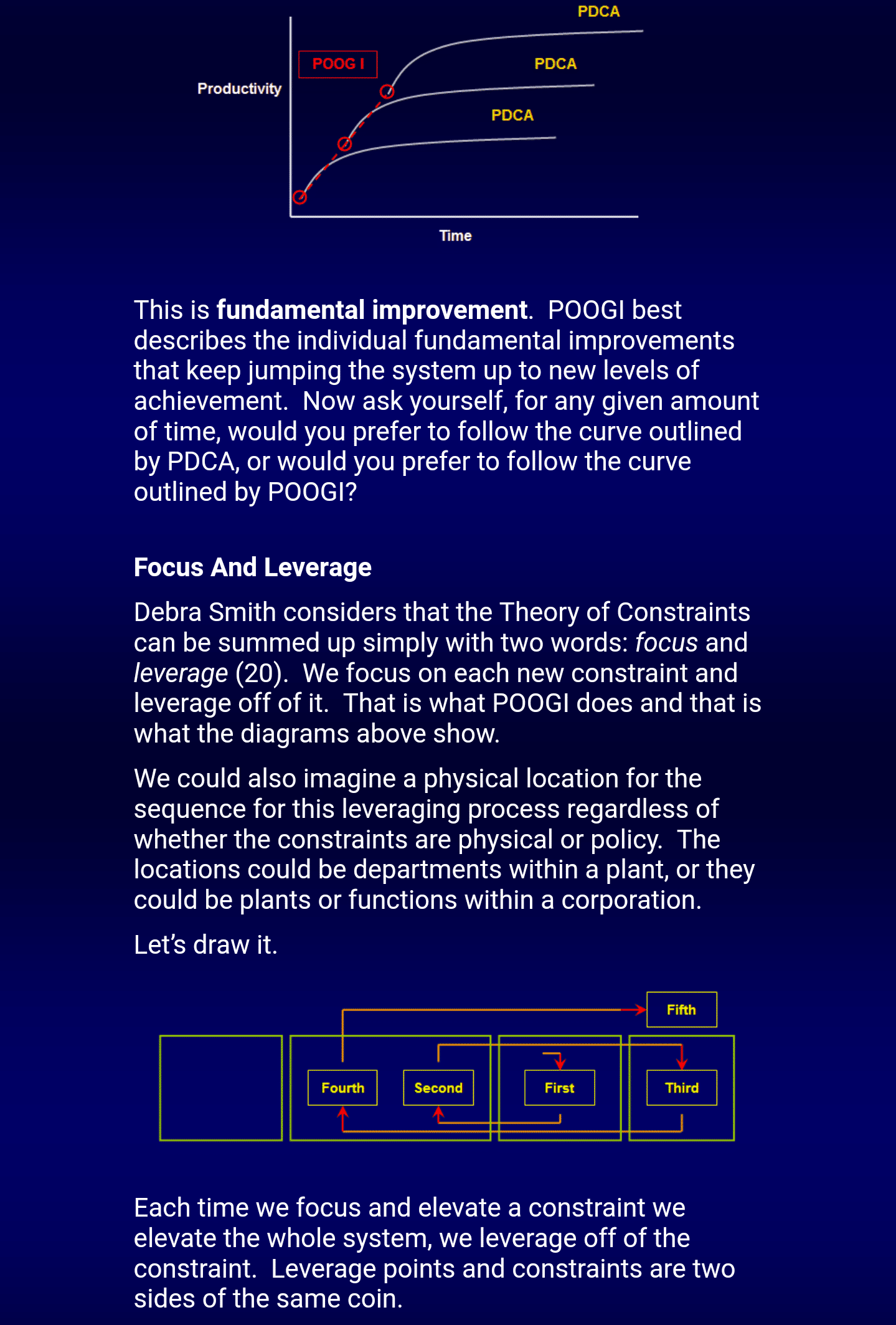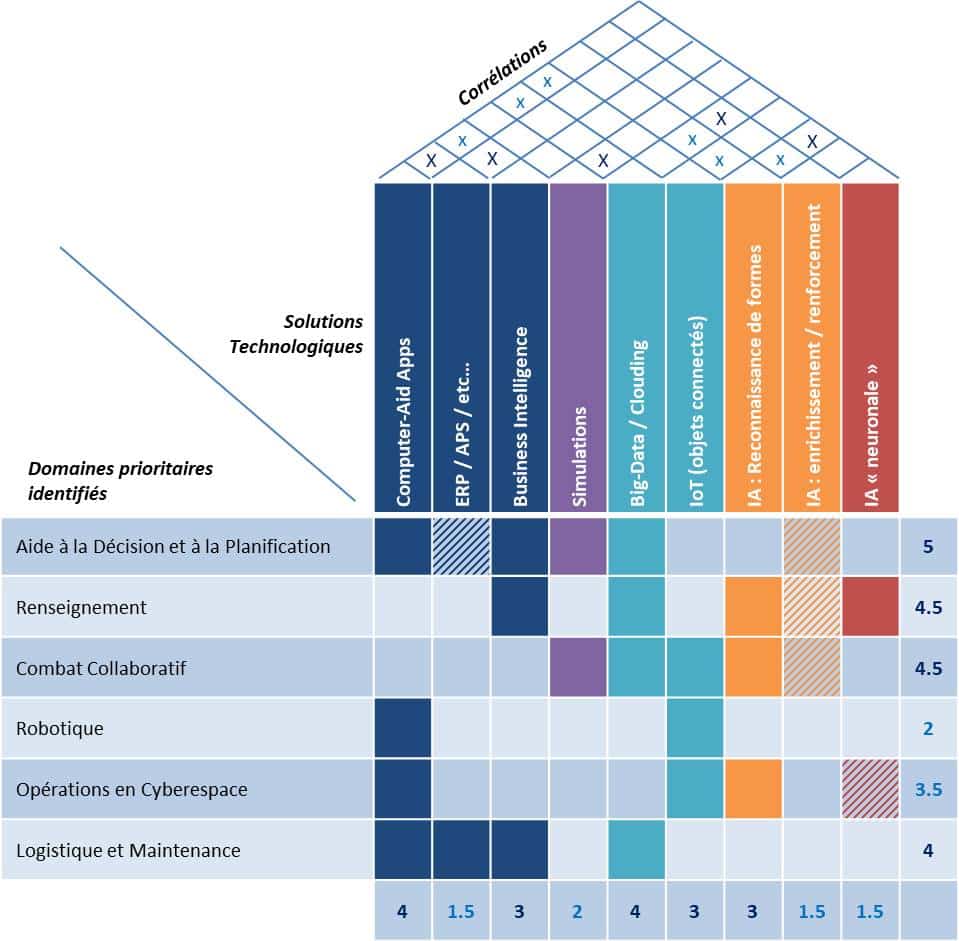#IA here, IA there, IA do you want some here ...
In recent months, the term "AI" (Artificial Intelligence) has invaded the world of Aeronautics & Defense. But what exactly is it?
It would be presumptuous to want to deal with all aspects of the changes brought about by AI. This is not the goal of this series of 2 articles.
Likewise, I will ignore certain constitutive aspects of AI (eg neural system, etc.) but which are not important for the subject of these articles.
From CAD software to Terminator, from your Smartphone to DeepBlue or AlphaGo, there are many modes of AI.
The purpose of these 2 articles is there: to re-popularize what is hidden behind the all-out use of the vague, if not obscure, term AI.
In introduction, let us recall that the interest in AI is not specific to Aeronautics and Defense, but the advent of several competitions:
- The computing power of the systems
- The volume of data available (#BigData)
- The interconnection of different systems (#IoT)
- Advanced programming languages
- Basic research
So, AI is not a recent concept.
But, just as these vectors cited above all evolve exponentially, AI is “carried away” in this infinite race and its vectors today enable levels of complexity that were not previously possible.
Intelligence is the ability to understand one's environment and adapt.
1st Article: AI and Defense
Introduction
Before we begin, let's close the door to a preconceived idea: Terminator.

Control.
As rightly pointed out Jospeh Henrotin, an army seeks first of all to control its environment (hence the great effectiveness of “guerrilla” methods in undermining these regular armies).
Hazards have no place there; and if they cannot be removed, then they require a more complex and less optimal response. In fact, like “free elections”, robots autonomous in their decision-making process, such as Terminator, have no place.
No Terminator. But then, what is AI and why?
If it is true that the term #ArtificialIntelligence refers in its purest theory to a machine endowed with intelligence and interaction, the race for this notion of “intelligence” means that some have invented so-called “AIs”. weak", which no longer have much to do with intelligence strictly speaking:
- Intelligence is the ability to understand one's environment and adapt (from oneself to this environment and/or from this environment to oneself) arising on a learning (Retex).
- However, a good part of “weak” AI are in fact only so-called “complex” algorithms, but which do not offer no machine learning capabilities
(ex: Unlike AlphaGo, DeepBlue had no learning ability, but studied a range of possibilities... Ironically, this is the point where the computer was unable to find a "best possibility" and chose one at random that he destabilized Kasparov and thus beat) - Next, a machine is often a system of systems; AI can be applied only to a particular subsystem or process.
(e.g. the decoy launchers of an aircraft; thus, the NH90 is able to take precedence over the pilot and optimize a response to a known threat; it is not however capable of replacing the pilot for the whole actions)
Big Data, closed or open data, the Internet of Things, recognition of shapes or objects... Weak, strong AI... The notion of AI is as vague as it is vast, due to this race to obtain of the sacrosanct title which had the consequence of tarnishing it.
To simplify, I will refocus the subject around 3 axes:
- First of all, if we take the “pure” aspect of Artificial Intelligence, we can then distinguish 2 factors:
- The sensibility (or Machine Learning), which is the ability to understand and learn. This capacity can itself be distinguished into 3 parts:
- No learning ability
- The ability to enrich one's area of understanding
- The ability to learn, i.e. develop one's own lessons
- The interactions, which allow a perception of the environment (1st step towards understanding which is the translation of these perceptions)
- Passive (receiving, but not transmitting) or Active (transmitting actions / making decisions)
- Digitized (data exchange) or with Reality
- The sensibility (or Machine Learning), which is the ability to understand and learn. This capacity can itself be distinguished into 3 parts:
- AI vectors, such as BigData, IoT, which contribute to AI but are not themselves AI strictly speaking.

Let's get into the heart of the subject :
What do Defense stakeholders mean behind “AI”?
The Ministry of the Armed Forces has focused its digital leap around 6 axes:
- decision support and planning
- intelligence
- collaborative combat
- the robotics
- operations in cyberspace
- logistics and maintenance
1. A functional and non-global AI
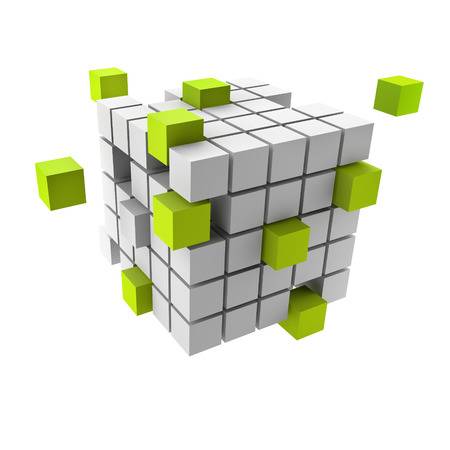
This is the first point:
As mentioned in the introduction, AI (or other similar developments) may only concern one functionality. We are not here on a global AI, commanding a system of systems, but an AI dedicated to a function, allowing the user to be assisted by automating all or part of a process.
As systems become more and more complex, they require more and more tasks.
Thus, the personnel on board a #helicopter have increased from 2 to 3 and now even 4, to carry out the same type of mission, but with increased depth.
To moderate this effect, it is therefore appropriate to automate certain processes:
- Not critical
- Standardized and/or systematic
- Or to improve response time
The personnel on board a helicopter increased from 2 to 3 and now even 4...
2. The generational leap
If #Aeronautics and #Defense has a reputation for technological excellence due to the physical complexity of its systems, it has nevertheless fallen behind in “soft tech” to the point that, during the 2000s, a situation changed :
Technological innovation no longer came from A&D referents to extend to the public universe, but the reverse: thus, start-ups and other actors from the civilian world have gradually invaded the preserve of trade shows such as SOFINS or that of Le Bourget, or even the attraction of the #DGA.
The reason ?
On the Defense side, the reason is quite simple: the previous equipment, and even the doctrines, came from the Cold War, at best from Retex from the conflicts in Africa.
- On the doctrine side, recent very asymmetrical conflicts such as Afghanistan have forced us to review many aspects.
- On the equipment side, the situation is simpler: those from the Cold War have now reached the end of their life and must therefore be withdrawn and replaced or not by equipment meeting the new doctrines.
This renewal of equipment, coinciding with changes in doctrine and the arrival of start-ups redefining or re-approaching the issues (#ThinkOutOfTheBox), is a boon which Defense would indeed be wrong to deprive itself of.
It is no different from other generational leaps, which each also had their own buzzwords:
- 1800: artillery
- 1870: the train + the reliability of rifles
- WW-I: aviation + chemistry
- WW-II: mechanics + industrialization
- Cold War: electronics + sensors
- 2019: drones + AI?
This first phase will be more the use of AI vectors than of the AI itself
If each technological leap has had its “ driver(s)“, these have really seen their growth at mid-life, the first versions being more of a validation of the solutions to be developed.
However, these technological leaps were also strongly supported by the maturity of previous technologies. This is the Deming Wheel effect climbing a natural law of improvement.
This first phase of enthusiasm in AI will therefore be more the use of AI vectors in order to launch the wheel of evolution in order to achieve this vision at mid-life.
Je gage par ailleurs que nous vivons là sans doute la dernière rupture technologique et allons quitter ce principe pour nous orienter vers un système analogue au POOGI (et le #FCAS, s'il est bien pensé en amont, pourrait tout à fait exploiter la méthode POOGI).
... Mais je m'éloigne du sujet...
3. Catching up with digital delay
I made a quick table comparing the main technological solutions against the 6 priority areas identified by the Ministry of the Armed Forces:
(the answers are not exclusive; these are the main solutions adapted to each area)
As we can see, the answers to be provided relate less to AI than to solutions that have existed for the most part for 1 to 2 decades:
- “Traditional” tools:
- user help applications
- of Business Intelligence
- Data-related tools:
- Big Data
- and the exchange thereof (IoT)
- Some solutions linked to AI
- mainly for shape recognition and trajectory tracking

It is therefore largely less about AI than its vectors what are :
- Big Data
- The #InternetOfThings (Internet of Things / Connected Objects)
- Business Intelligence, i.e. the (statistical) analysis of data
- I would also add “neural” modeling of systems (
qui, selon moi, devrait émerger dans la décennie à venir)
Analytics.
BigData, IoT, BI, neural modeling… All these vectors are tools used for the analysis of data and relationships between this data. Because the heart of the matter is there:
Like Google, the Army seeks to control its environment as much as possible and therefore reduce hazards. This therefore requires great capacity and depth in data analysis in order to understand one's environment and be able to influence it with complete control.
Decision Support and Planning… Intelligence… Maintenance… All these areas require the analytical use of data.
BigData, IoT, modélisation neuronale...
C'est aussi : information, échange, structuration systémique...
C'est pourquoi, à titre personnel, plus qu'une révolution d'Intelligence Artificielle, j'augure une révolution en #Systèmes de Systèmes et #Networkability (soit l'habileté à fonctionner en réseau, de manière intégrée).
A ce titre, les projets #Scorpion (Armée de Terre) et #FCAS (Armée de l'Air) sont deux premiers pas sur le chemin de la Networkability.
4. “Weak” AI
Weak AI is not intelligent: its designers were.
During the introduction, I presented the notion of“Weak” AI, which is only intelligent in the design of its algorithms.
In other words, weak AI is not intelligent: its designers were.
As mentioned in this same introduction, AI poses a compatibility problem with its control. And even a weak AI is no exception:
Thus, DeepBlue won thanks to a bug, therefore a flaw resulting in a loss of control, to the point that Kasparov believed that a human was controlling DeepBlue's decisions.
The challenge I have always associated with AI is #Gödel's theorem:
A complete system is inconsistent and, in fact, a coherent system is incomplete. The whole problem will therefore be to have the most complete system possible while ensuring its consistency, otherwise this will inevitably lead to an AI bug or an AI out of control. This is a bit like what DeepBlue experienced.
The challenge I have always associated with AI is Gödel's theorem.
Here is a table summarizing this problem:
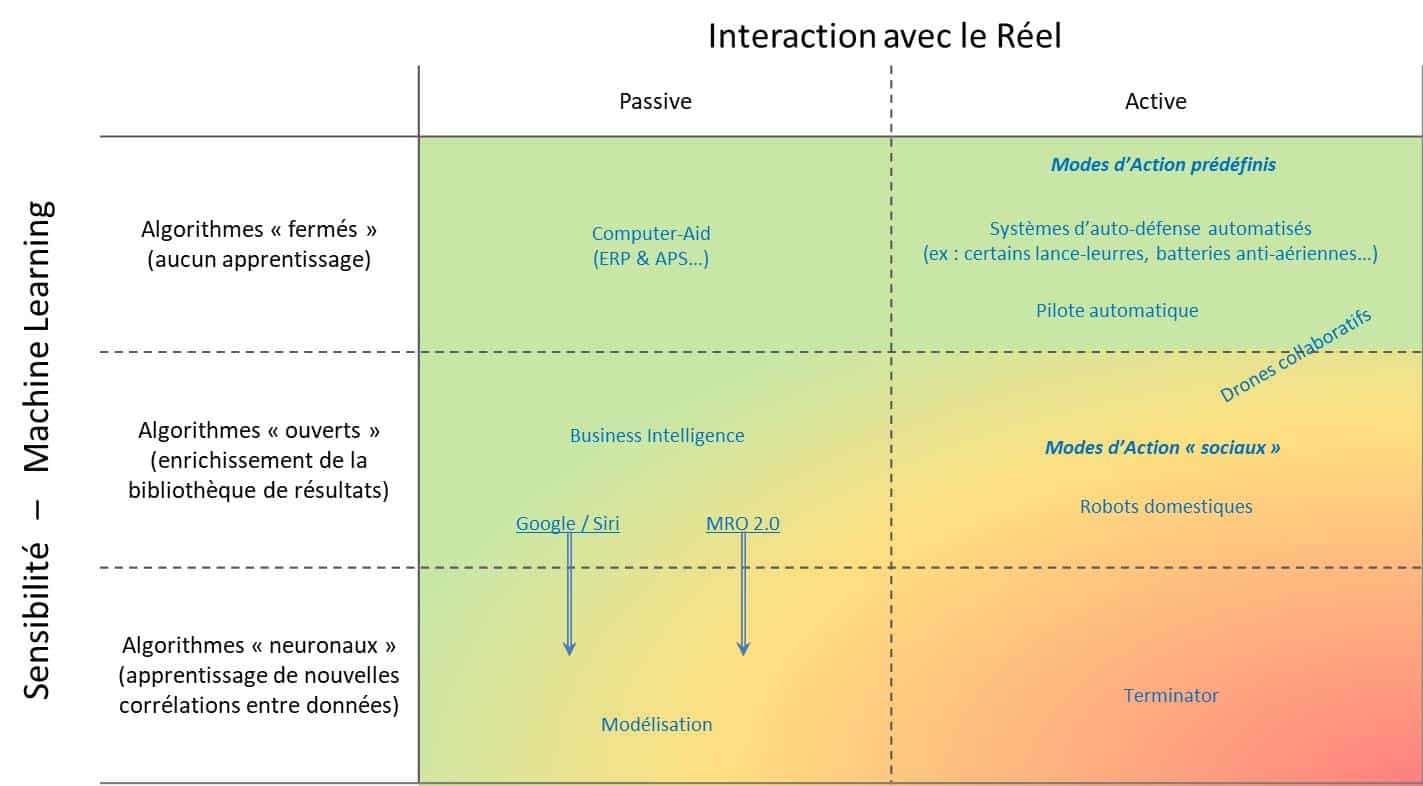
As illustrated, the intelligence possible for the AI will be inversely proportional to its level of interactions, with Reality in the first place, but also in terms of data exchange (IoT).
And, always in addition, humans will have to retain final decision-making power :
- By having the possibility of turning off this AI (see case 737 MAX)
- Or to adjust it, in cases of reinforcement learning
- And by maintaining a critical opinion (no blind trust).

This last point may seem obvious, or futile, and yet:
AI or not, any data operating system only gives a relevant result that is relative, with regard to the quality of its input data and the bugs it contains.
Does this remark seem superfluous to you? 3 examples:
- The Harfang drone: … for lack of anything better it served, but did not stand out for its reliability
- Valeo & SAP: following its poorly implemented move to SAP (in terms of choice of data architecture and data quality), Valeo almost went bankrupt. It was saved by its customers who brought their experience in SAP.
- Personally, I had the opportunity to discover a critical bug in a renowned CAPM software in its time (pre-SAP), a bug which had the consequence of multiplying the quantities of requirements.
No Terminator, but the human at the heart of intelligence.
En conclusion
This article simply aimed to put the notion of AI into perspective and relativize it in relation to Defense projects.
No Terminator, far from it, and even humans still at the heart of intelligence, whether by operational staff in the final decision, or designers of algorithmic solutions.
But then why so much highlight AI ?
As mentioned in the chapter on generational leaps, it is to give a direction, a vision ; not to constrain yourself or impose premature limits on oneself.


